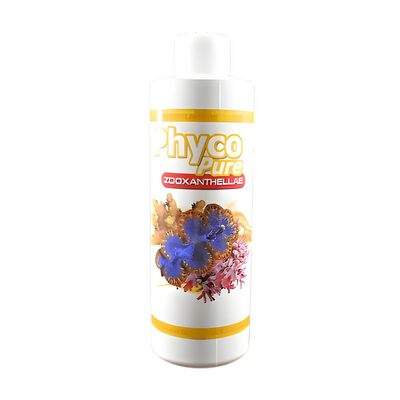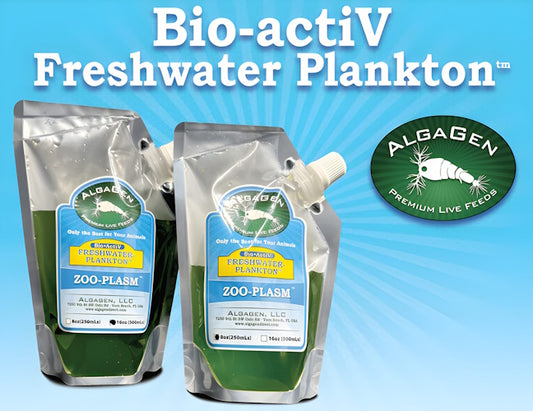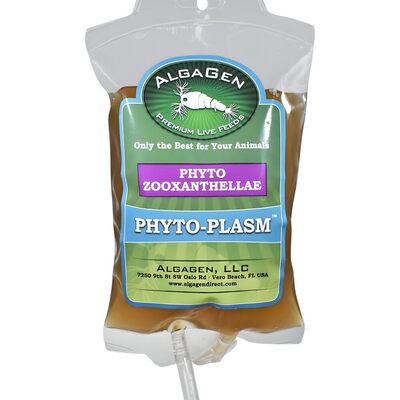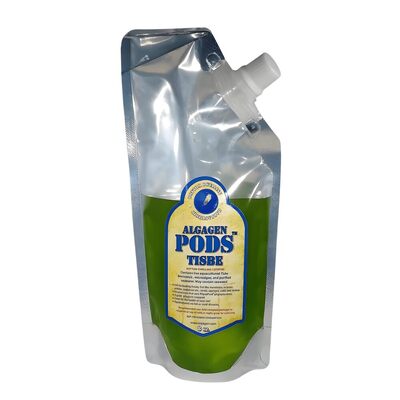Algae are a vast group of photosynthetic organisms found throughout aquatic environments, from open oceans to home aquariums. Zooxanthellae, meanwhile, are a very specific type of microscopic algae that play a unique and vital role in coral reef ecosystems. While all zooxanthellae are algae, not all algae are zooxanthellae. Understanding the differences between these groups is essential for anyone interested in reef biology or maintaining a thriving marine aquarium.
What Are Algae?
Algae include a diverse array of organisms, from single-celled phytoplankton and dinoflagellates to large seaweeds and kelp. In aquariums, algae can be both beneficial and problematic. Green microalgae, for example, are commonly used as live food for filter feeders and as a nutrient export tool, while nuisance algae like hair algae can quickly overrun a tank if nutrients are not controlled.
What Are Zooxanthellae?
Zooxanthellae are a specialized group of single-celled dinoflagellate algae, most commonly from the genus Symbiodinium. Unlike free-living algae, zooxanthellae live inside the tissues of reef-building corals and some other marine invertebrates. This symbiotic relationship is the engine behind coral reef productivity and color.
Key Differences: Zooxanthellae vs. Algae
| Feature | Zooxanthellae | Other Algae |
|---|---|---|
| Classification | Dinoflagellate (Symbiodinium genus) | Many groups: green algae, diatoms, cyanobacteria, etc. |
| Habitat | Inside coral and some invertebrate tissues | Free-living in water, on surfaces, or as macroalgae |
| Role in Aquarium | Provides up to 90% of coral energy, drives reef growth | Primary producers, live food, nutrient export, or nuisance |
| Color Impact | Responsible for coral’s golden-brown hues | Green, brown, red, or blue coloration in water or on surfaces |
| Symbiosis | Mutualistic with corals (nutrient and energy exchange) | Usually independent, sometimes symbiotic with other hosts |
| Response to Stress | Expelled during coral bleaching events | May bloom or die off based on conditions |
Why Zooxanthellae Matter for Reefs
Zooxanthellae are crucial to coral reef survival. Through photosynthesis, they provide up to 90% of the energy that corals need for growth, calcification, and reproduction. In exchange, corals supply zooxanthellae with nutrients and a protected environment. This partnership is responsible for the vibrant colors and incredible productivity of coral reefs, even in nutrient-poor tropical waters.
When corals are stressed (by heat, pollution, or other factors), they may expel their zooxanthellae, leading to coral bleaching. Without these symbiotic algae, corals lose their main energy source and can starve if the relationship isn’t reestablished.
Why the Difference Matters in Aquariums
Understanding the distinction between zooxanthellae and other algae is key for reef keepers. While nuisance algae can indicate excess nutrients or poor water quality, healthy zooxanthellae populations are a sign of thriving, colorful corals. Supporting zooxanthellae with proper lighting, stable water parameters, and targeted products can help maintain coral health and prevent bleaching.
For a deep dive into the biology and importance of zooxanthellae, see What is Zooxanthellae: Tiny Algae, Huge Impact.
- All zooxanthellae are algae, but not all algae are zooxanthellae.
- Zooxanthellae live inside corals and are vital for reef health and color.
- Other algae can be beneficial (live food, nutrient export) or problematic (nuisance blooms).
- Supporting zooxanthellae is key for thriving reef aquariums.
“Zooxanthellae are the powerhouse behind coral reefs, while other algae shape the broader aquatic environment. Knowing the difference is key to successful reef keeping.”
Conclusion
Zooxanthellae and algae are both important in aquatic systems, but zooxanthellae’s unique symbiosis with corals sets them apart. By understanding these differences, aquarists can better support coral health and create more balanced, beautiful tanks.






Recent post